Food is an essential part of any expedition, be it in space, in the middle of Antarctica or underground as part of CAVES 2019.
On the International Space Station, meals are important for astronaut morale. Far away from home, with a high workload and in a weightless environment, dinner is often the only time the crew can all get together.
In the remote polar regions, food becomes an emotional pillar for an explorer travelling alone through the vast frozen lands.
With 20 years’ experience of polar expeditions, Michele Pontrandolfo is now bringing food experiences from those extreme worlds to the underground. He assures there will be no difference between food served in the poles and food consumed in a cave.
“Food is essential for physical strength and mood. It must be light, with nutrients, good flavor and no added seasonings or additives,” he explains.
Food variety is limited by transport and storage constraints, so although participants made their own selection for the cave expedition during a food tasting exercise, the diet mainly comprises repetitive dried and canned foods.
Food on orbit and in the cave can become a bit monotonous. Just as on the International Space Station, fresh food and supplies are limited. The astronauts are only allowed to receive one resupply, and they must plan this carefully as a team.
Cave menu
The menu will have an Italian flavour. Among the main dishes, astronauts will enjoy risotto with porcini mushrooms, and bean soup with zucchini. “I added carrots, white celery, potatoes and red onions to give it more flavour,” says Michele.
Snacks are mainly dried fruits: bananas, pineapples, kiwi, peach, strawberries and watermelon, coupled with low-fat yogurt.
“I prepare this food at home in a traditional way, and I usually give it to my son for him to try,” says the ‘cave cook’.
Cooking and tasting done, all the food is processed for the cave. Michele pours the meals into trays and inserts them into a lyophilisation machine for freeze-drying. The process completely removes any water from the food and takes between 25 to 40 hours.
“The advantage of this system is that the food does not lose its properties and it maintains its original structure,” explains Michele. When the freeze-drying is complete, he wraps the meals in aluminum bags that could be vacuum-packed or stored with oxygen absorbers.
The final meal can be stored for 25 years.
During the food tasting, cavenauts particularly liked the dehydrated fruit snacks. Michele’s favourite dish is pasta with ragù. “This meal gives me a lot of satiety and serenity. Satiety because it is an abundant dish. Serenity because it reminds me of Italy when I am alone in the middle of the polar glacier,” he admits.
The cavenauts will also enjoy some space food. They can taste the cereal bars produced by Italian company Argotec made with Spirulina and cereals such as quinoa. The dinner guests in the cave will even have the chance to try some food prepared for Luca Parmitano’s current mission to the International Space Station: lasagna, parmigiana and tiramisu.
Water for the cave
As for hydrating themselves, CAVES participants have filtering bottles at hand for water purification. The astronauts will easily be able to make clean purified water from the cave’s lakes and rivers by removing waterborne pathogens, chemicals and mircroplastics in just eight seconds.
The Grayl purifiers are an ideal tool in scenarios where drinking water needs treatment, and “we are happy to support CAVES in this international mission for training and scientific research in extreme environments,” says the company in a statement.

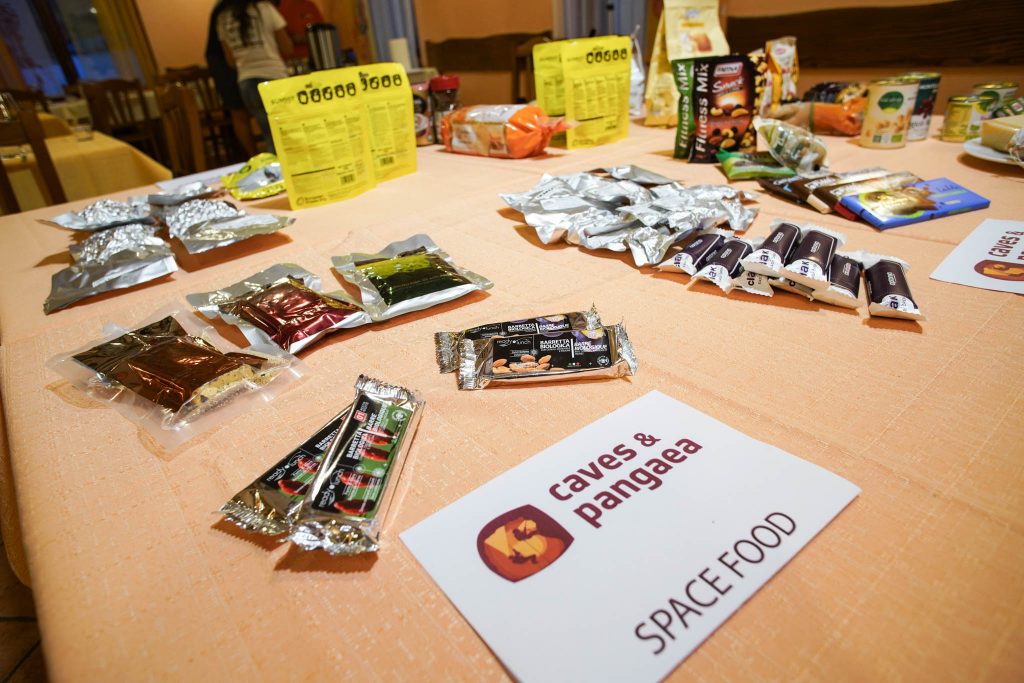
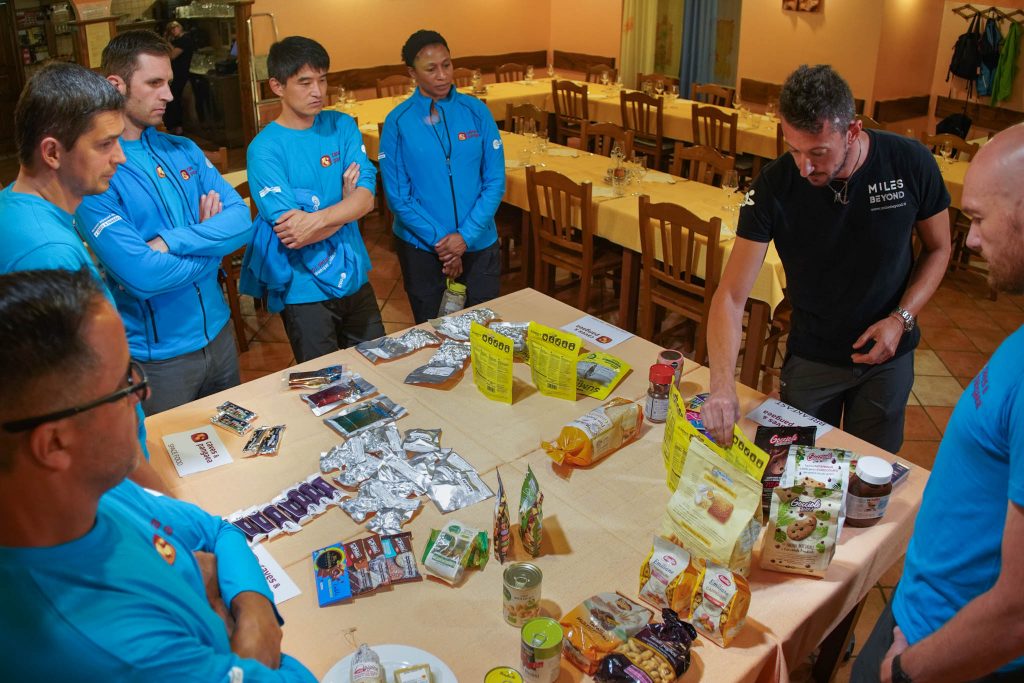
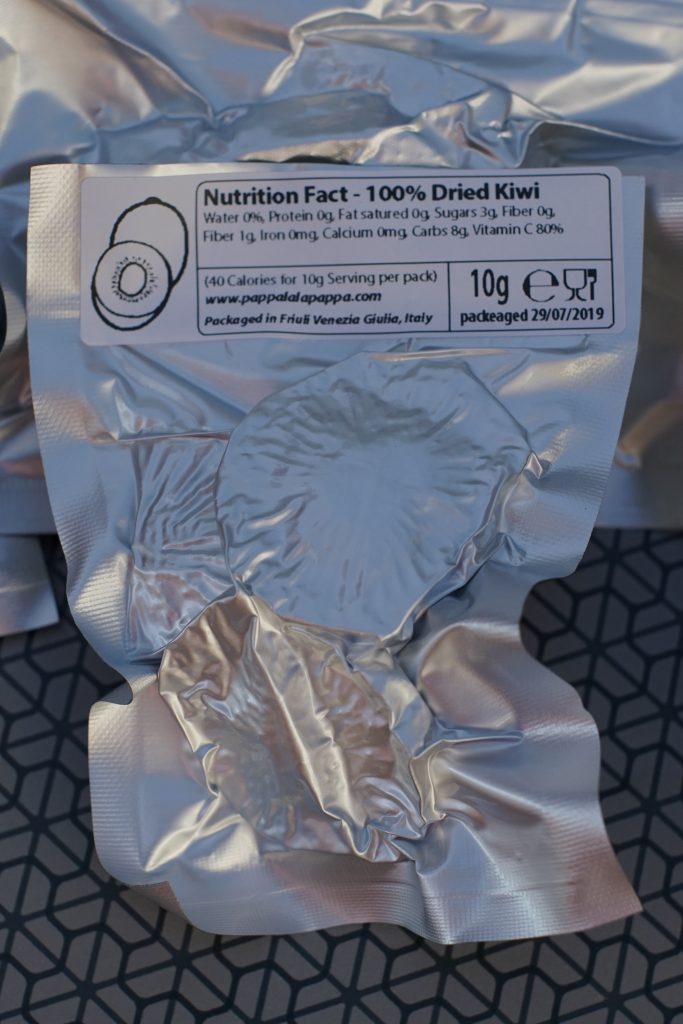
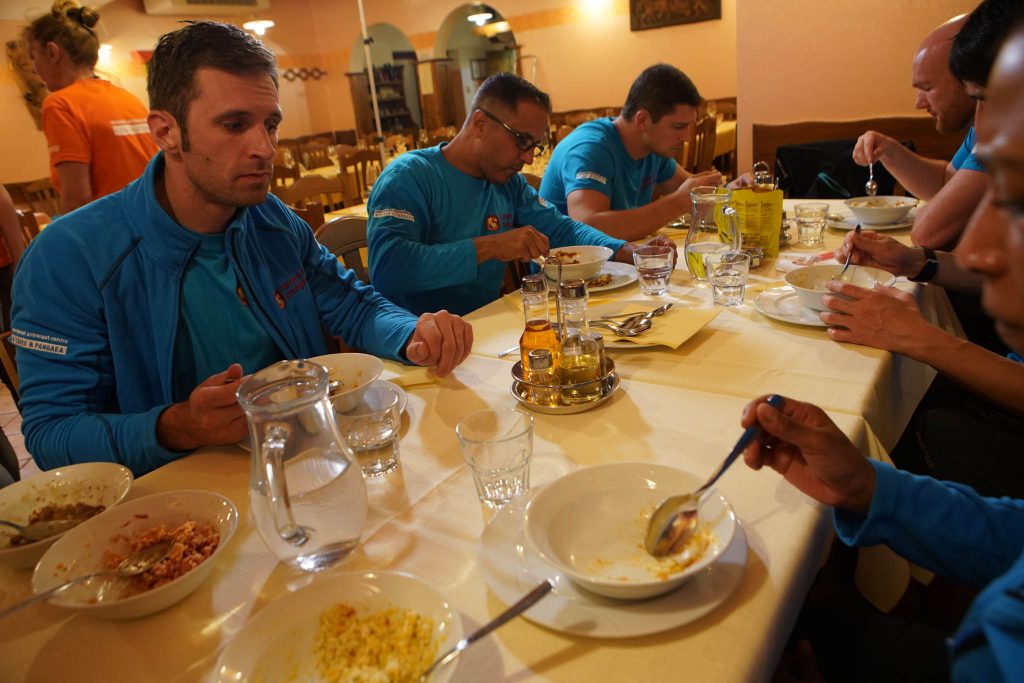
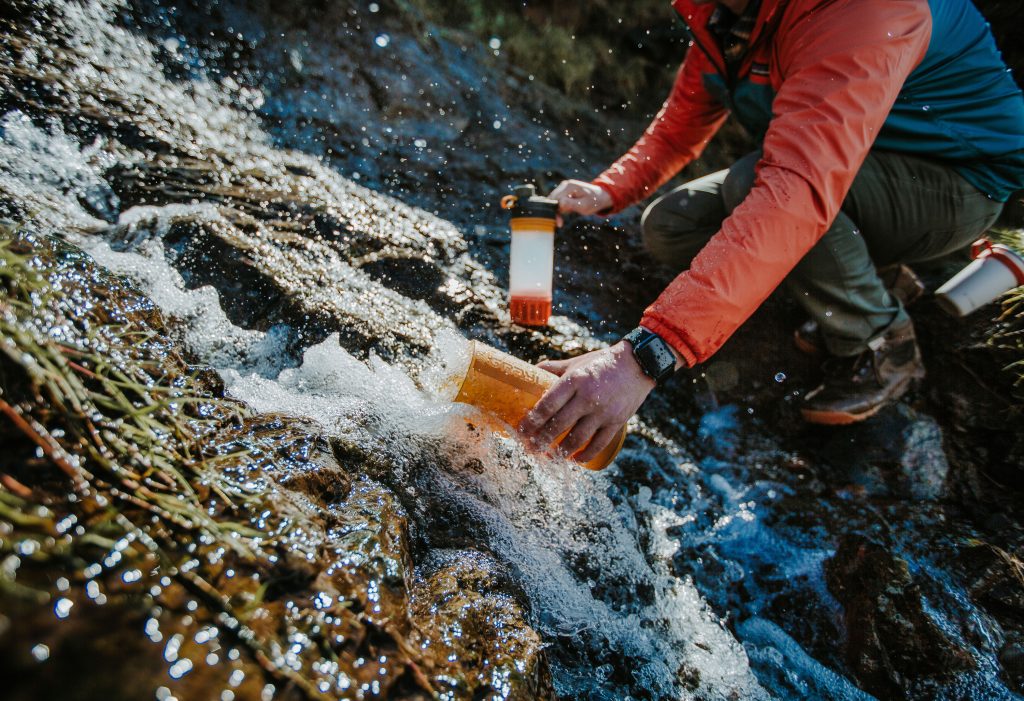
Discussion: no comments